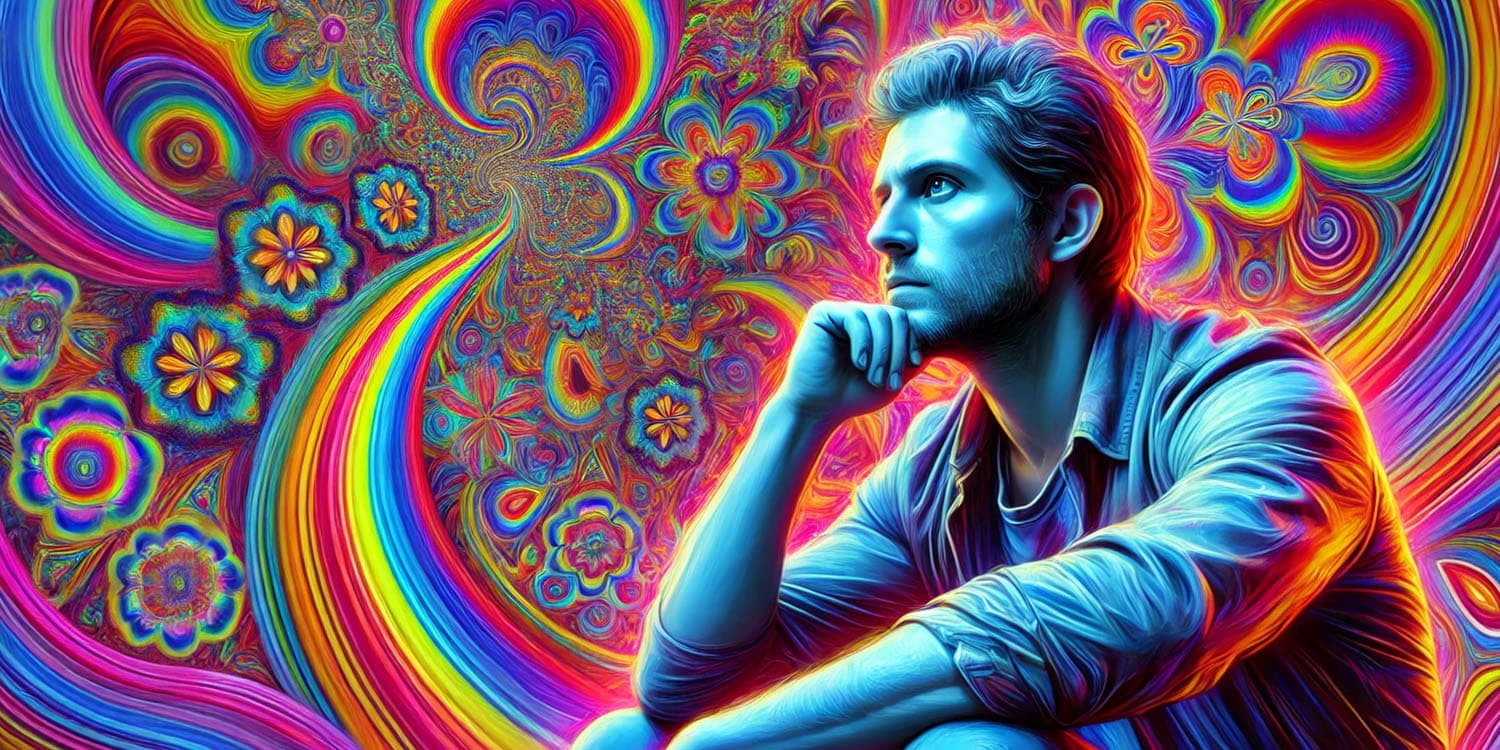A recent study explored whether taking a single high dose of psilocybin, the active compound in “magic mushrooms,” can trigger a sense of “inner healing,” where individuals feel like their bodies and minds are naturally healing themselves. The results showed that participants who received a high dose of psilocybin reported stronger feelings of inner healing compared to those who received a placebo. These findings were published in the Journal of Psychopharmacology.
Psychedelics are substances that profoundly alter perception, mood, and cognitive processes. These include natural compounds like psilocybin and synthetic ones like LSD. They can induce vivid hallucinations, an altered sense of time, and deep emotional and introspective experiences, primarily through their action on serotonin receptors in the brain.
Users of psychedelics often report that these substances facilitate profound inner healing by promoting emotional release and introspection. This healing process may involve revisiting and reprocessing traumatic memories in a more detached and insightful manner. Psychedelics can also create a sense of interconnectedness and unity, alleviating feelings of isolation and depression. The altered states of consciousness they produce can sometimes lead to transformative insights. However, it remains unclear whether this inner healing is a real phenomenon or simply a commonly reported experience among enthusiastic users.
To explore this, study author Joseph Peill and his colleagues hypothesized that individuals who received a high dose of psilocybin would report a stronger feeling of “inner healing” activation compared to those who received a low, placebo-like dose. They conducted their study with 59 participants who had moderate-to-severe depression. This experiment was part of a larger study comparing the effects of synthetic psilocybin treatment with those of the antidepressant escitalopram, both administered alongside psychological support.
Study participants were 59 individuals with moderate-to-severe depression. This experiment was a part of a wider study that compared the effects of a synthetic psilocybin treatment and a treatment with the antidepressant escitalopram, administered alongside matching psychological support.
For this specific part of the study, participants were divided into two groups. One group received 25 mg of psilocybin, while the other group received 1 mg, acting as a placebo. The study was double-blind, meaning participants did not know which dose they received. After the effects of the psilocybin wore off, participants were asked to rate their agreement with the statement, “I felt like my body/mind/brain was healing itself, automatically/naturally/by itself.”
Participants also completed various assessments, including the Beck Depression Inventory for depressive symptoms, the Emotional Breakthrough Inventory, the Mystical Experience Questionnaire, the Challenging Experiences Questionnaire, the Altered States of Consciousness questionnaire, and a general measure of drug effect intensity.
The findings showed that participants who received the higher dose of psilocybin reported significantly stronger feelings of inner healing compared to those who received the placebo dose. This suggests that the experience of inner healing might be a genuine component of the psilocybin experience.
Importantly, the study found a correlation between higher inner healer scores and greater reductions in depressive symptoms two weeks after the treatment, but only in the group that received the high dose. This indicates that the feeling of inner healing might play a role in the therapeutic effects of psilocybin.
Importantly, the researchers controlled for the general intensity of the drug effects to ensure that the inner healing scores were not simply a result of a more intense psychedelic experience. Even after accounting for this, the correlation between inner healing and reduced depression remained significant. This finding supports the idea that the inner healing mechanism is not merely a byproduct of the psychedelic experience’s intensity but might be an independent and meaningful therapeutic factor.
“The principle of activating inner healing mechanisms via psychedelics is scientifically nascent; however, this study takes a positivist and pragmatic step forward, asking whether it warrants further examination,” the study authors concluded.
The study makes a valuable contribution to the scientific understanding of the psychological effects of psilocybin. However, it should be noted that the number of study participants was relatively small and that “inner healer” feelings were self-reported through a single statement.
The paper, “Psychedelics and the ‘inner healer’: Myth or mechanism?,” was authored by Joseph Peill, Miriam Marguilho, David Erritzoe, Tommaso Barba, Kyle T Greenway, Fernando Rosas, Christopher Timmermann, and Robin Carhart-Harris.




